Coloring The Universe Vs. The Hubble Cosmos

Both are beautiful gifts, but only one is a beautiful learning experience.
“The time will come when diligent research over long periods will bring to light things which now lie hidden. A single lifetime, even though entirely devoted to the sky, would not be enough for the investigation of so vast a subject… And so this knowledge will be unfolded only through long successive ages. There will come a time when our descendants will be amazed that we did not know things that are so plain to them… Many discoveries are reserved for ages still to come, when memory of us will have been effaced.” –Seneca
There’s nothing quite like the beautiful color images returned by the Hubble Space Telescope, or any of the other great observatories of our time. They take us far beyond what we can see with our naked eye, exposing us to nebulae, galaxies, dying stars and so much more. If there’s an object or phenomenon you’re interested in out there in the Universe, chances are we can build a telescope-and-camera combination capable of capturing it.
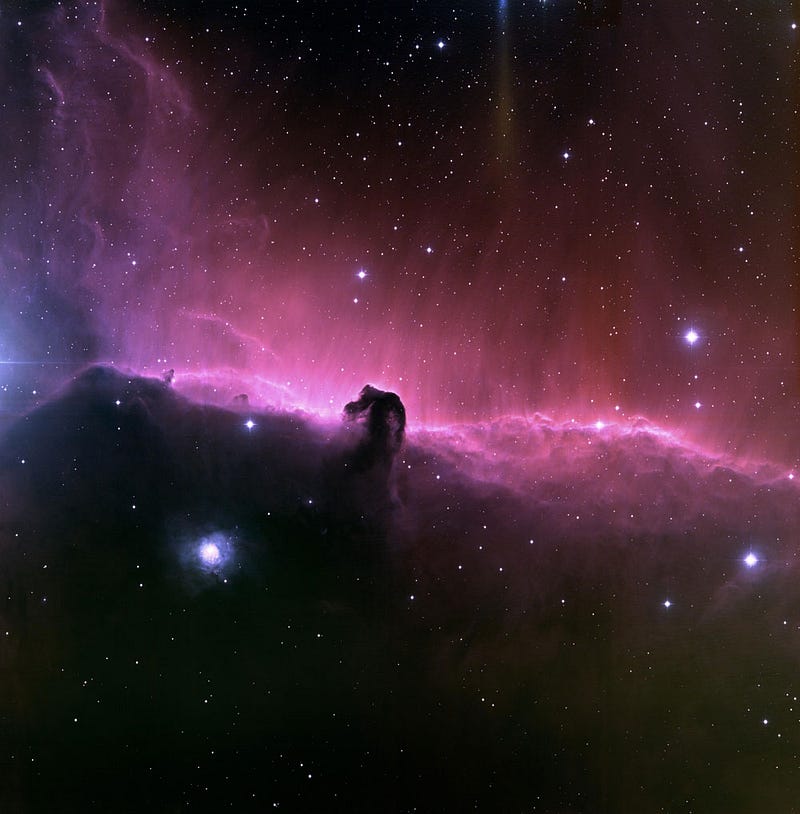
There are plenty of books out there that showcase some of the most stunning images out there, especially when it comes to the images created by Hubble. One of the most famous and most popular is by National Geographic and David Devorkin (and others): Hubble: Imaging Space and Time and its new and updated counterpart, The Hubble Cosmos: 25 Years of New Vistas in Space, each consisting of over 200 full-color Hubble images.

There’s no doubt that these book are beautiful, as are the images inside. But the most common question asked about these images — are these pictures what my eyes would see if I were transported there — goes unanswered. In fact, for every book out there that showcases images like these, that question is insufficiently answered.
Until now. Until I found the new book, Coloring the Universe: An Insider’s Look at Making Spectacular Images of Space, by Travis Rector, Kimberly Arcand and Megan Watzke, which does exactly this in extraordinary fashion.
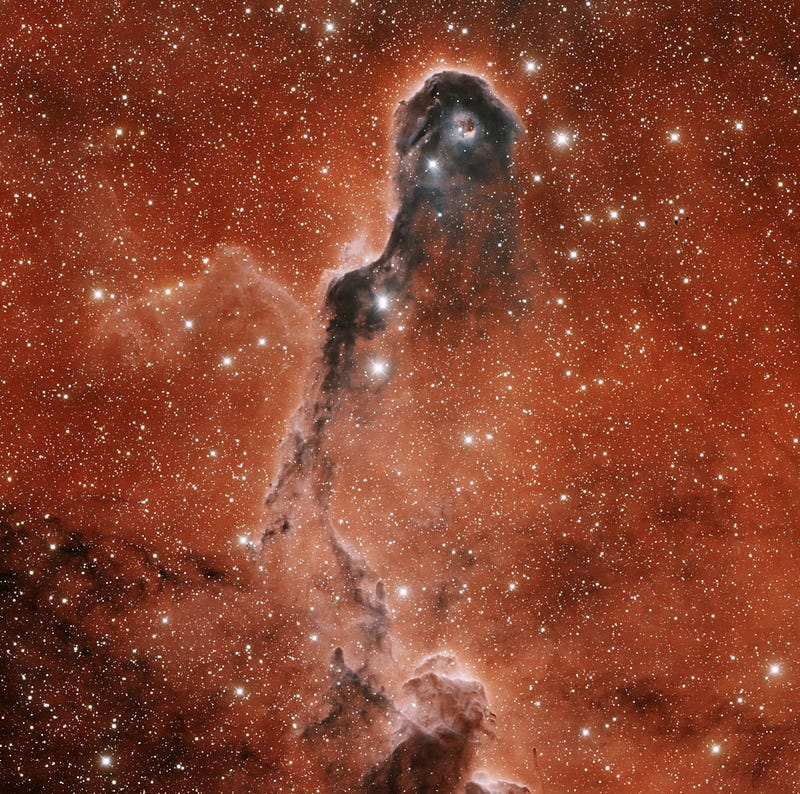
You may have noticed Travis Rector’s name credited in a large number of images; he’s the image processing guru behind many of the famous images from the Hubble, Kitt Peak, Gemini and NOAO telescopes, among others. Here are some of his “greatest hits,” practically all of which are featured in the book.

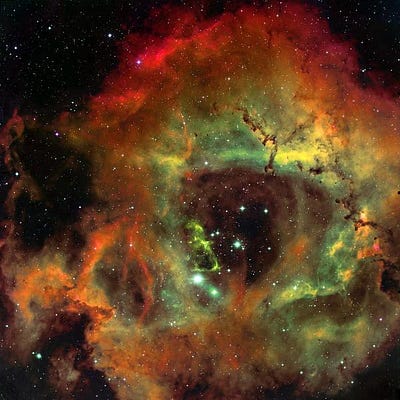
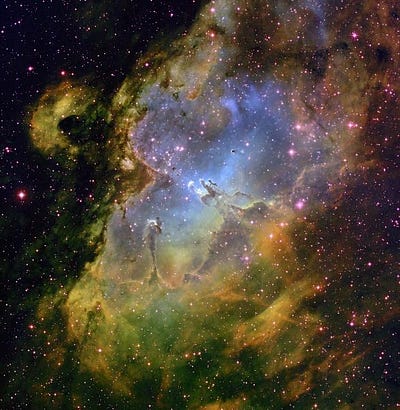
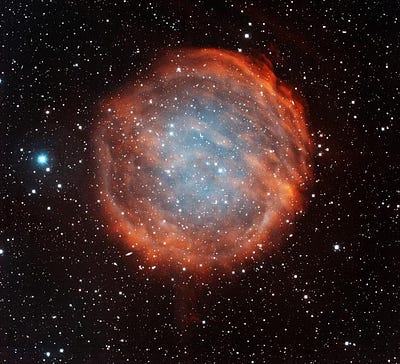

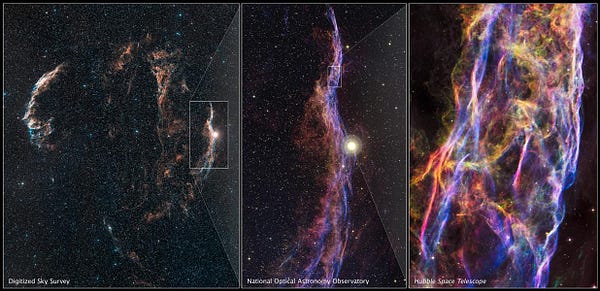
What Coloring the Universe gives you, that none of its competitors do, are answers to a whole slew of questions you knew you had, like:
- Is this what my eyes would see?
- What does “true color” mean?
- Why do astronomers use “false color” or “artist’s renditions” instead of showing the real thing?
as well as answers to questions you didn’t even know you had, like:
- What’s the difference between “pseudocolor” and “false color” images?
- Why isn’t every Hubble image be turned into something beautiful?
- How can the same data be used to create two vastly different images?

What’s really remarkable about this from my point-of-view — and this is as a theoretical astrophysicist — is how much this one book, with no equations or equipment lessons, can teach the reader about the art and science of observational astronomy. Most of us have an image in our heads that astronomy is done by someone in a labcoat, peering through a telescope’s eyepiece. While that might have been true for astronomers in the 17th and 18th centuries (sans labcoat), the reality is slightly less romantic, but farmore informative.
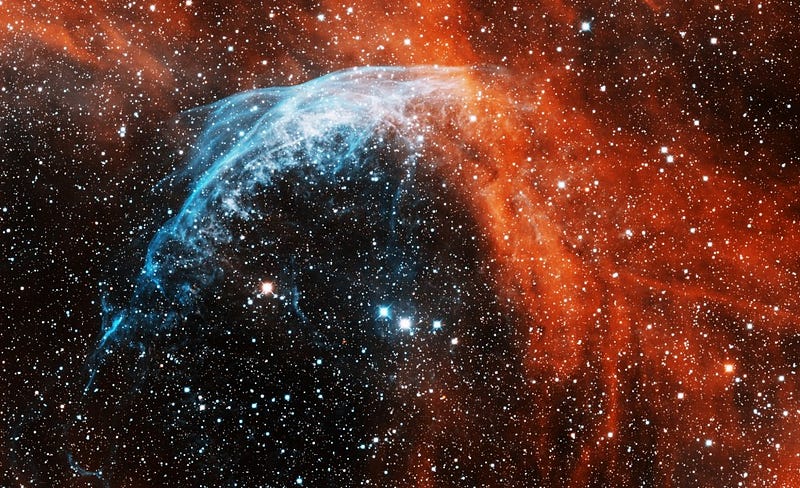
The development of photographic plates enabled humanity to collect light for far longer — via long-exposure photography — than our eyes could perceive. The ability to place various filters over the telescope, both wide-band filters (e.g., collecting “blue,” “green” or “red” light) and narrow-band filters (e.g., to focus in on emission lines from ionized helium, neutral hydrogen or doubly-ionized oxygen), empowered us to reconstruct various colors and the presence of various elements in these photographs. And finally, the modern development of CCD (charge-coupled device) cameras enabled us to go to space, to digitally return data, and to make good use of every single photon the telescope collects.
The results are not only visually stunning, but more informative than the casual observer would ever realize. (You’ll also learn what “cleanup” involves when it comes to producing one of these final beauties.)

The overall takeaway is that the winning astronomy book to get for anyone who loves and also is curious about the most beautiful images of the Universe, plus what they mean, is Coloring the Universe. With each image you look at after reading it, as well as images that you think back on that you’ve seen before, you’ll wind up seeing more, not less, than you ever saw before. It’s not just a beautiful glimpse into the Universe; it’s a peek behind-the-scenes at how astronomers are creatively and artistically enabling humanity to see the full extent of what’s present.
You’ll never ask, “is this what my eyes would see?” at another image after reading this book. Instead, you’ll be thankful for how much more modern astronomy can show us, and (if you’re anything like me) you’ll be clamoring for larger telescopes covering more wavelengths of light everywhere we’re capable of looking. Buy Coloring The Universe here, and enjoy the glorious Universe like you never have before!
Leave your comments on our forum, help Starts With A Bang! deliver more rewards on Patreon, and order our first book, Beyond The Galaxy, out now!





